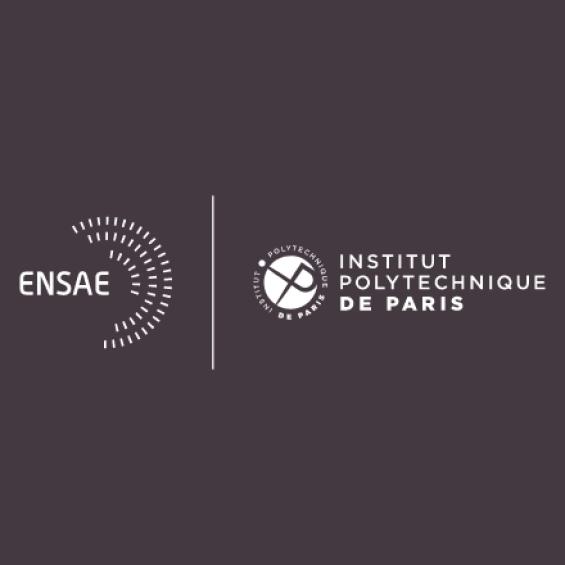C++
Teacher
DUMITRESCU Roxana
Department: Finance
ECTS:
2
Course Hours:
12
Tutorials Hours:
12
Language:
French
Examination Modality:
mém+sout.
Objective
The language C++, a so-called "object-oriented" language developed in the 1980s by Bjarne Stroustrup, is now a standard in the industry. Its performance and syntax, close to those of the C language, together with its object orientation, which makes it easy to structure the code, have helped its rapid adoption in the financial industry among others.
The aim of the course is to provide an introduction to C++ for third-year students who did not take the C++ option in the second year. It requires prior knowledge of at least one programming language (C, Pascal, Java, Python, etc.). The course is assessed on the basis of a project.
Tutorial work will deal with subjects that will be useful in the professional world (generating random numbers, Monte Carlo method, interfacing between C++ and Excel).
This course is useful and recommended if you plan to work in finance.
Planning
- Maintaining an application
- Class concept
- From C to C++
- Presentation the environment
- Inheritance, multiple inheritance and Templates
References
D. Brown, G. Satir, C++ The Core Language: A Foundation for C Programmers, Cambridge
M. Capinscki, T. Zastawniak, Numerical Methods in Finance with C++, Cambridge.
Daniel Duffy, Introduction to C++ for Financial Engineers: An Object-Oriented Approach, Wiley Finance.
M. Joschi, C++ Design Patterns and Derivatives Pricing, Cambridge
B. Stroustrup (Creator of C++), Programming: Principles and Practice Using C++. Pearson Education, 2014.
B. Eckel, Thinking in C++, Vol.I and II, Prentice Hall.










